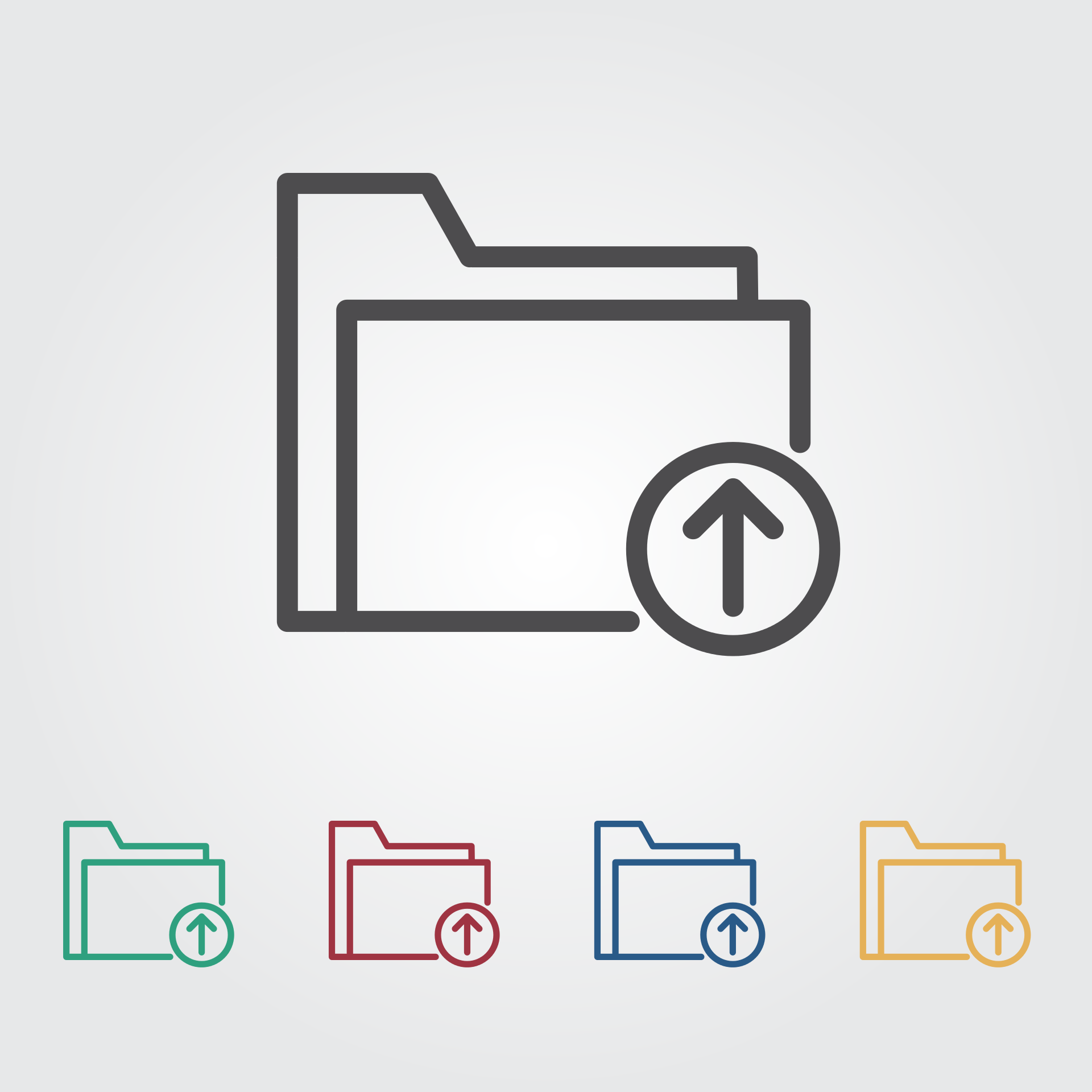Are you trying to figure out more about different types of files? Read this article to learn about differen types of files and their uses.
It seems like technology these days is little more than a constant stream of acronyms: PDF, HTML, DOC, XLSX… sometimes it’s hard to keep up, no matter how tech-savvy you are.
These acronyms are usually codes for different file types. But how can you tell which is which? Read on to find out about the most common types of files and how to use them.
1. DOC
One of the most common document types used today is the Microsoft Word Document, which ends with .doc or .docx.
These documents are specifically built for word processors like Microsoft Word, so they’re easily editable. If you’re going to be making changes to a document, DOC is definitely the way to go.
DOC files are also pretty much universal. In other words, you don’t need Microsoft Word to open them. Any word processor will do.
2. PDF
PDFs are another common document file type, so it’s helpful to compare the two when you’re choosing a file type. PDFs aren’t as easily editable as DOCs, which can be a strength or a weakness.
On the one hand, it’s much harder to edit your work once it’s in PDF form. On the other hand, this permanence means that if you send a PDF over email or print it out, you’re much less likely to run into weird formatting changes made automatically by your word processor.
So if you have a document that’s not likely to change, consider using a PDF to distribute, store, or print it. If you have a DOC file that you want to convert, try using a free DOCX to PDF converter.
3. JPEG
JPEG files are the most popular type of image file out there today.
Why? JPEGs are extremely lightweight in terms of size. They cut out extraneous data and only keep things that are visible to the human eye. This makes them very compact and easy to send, upload, or transfer.
One thing to keep in mind with JPEGs is that each time one is saved and re-saved, it loses a little bit of its quality. If you save one over and over again, you’ll start to see it get grainy because it gets more and more compressed each time you save it.
JPEGs are also universal, meaning that they can be opened on any computer or device. They’re especially useful for web design or social media because of their small size. They load quickly and easily, making them the ideal format for image files.
4. PNG
PNGs are similar to JPEG files, but they have some different advantages. Whereas JPEGs are valued for their small size, PNGs are larger files and will take longer to load.
But PNGs make up for their large size with image sharpness and color retention. PNGs also support transparent backgrounds, which is an advantage over JPEGs, which don’t.
Learn About All the Other Types of Files
These four types of files are just a smattering of the many, many file types out there today. That being said, these are probably the most commonly encountered files and are a must-know for any tech user. The better you get to know them and their uses, the more tech-savvy you’ll become!
Looking to learn more to get the most out of your tech devices? Be sure to browse the rest of this site.




